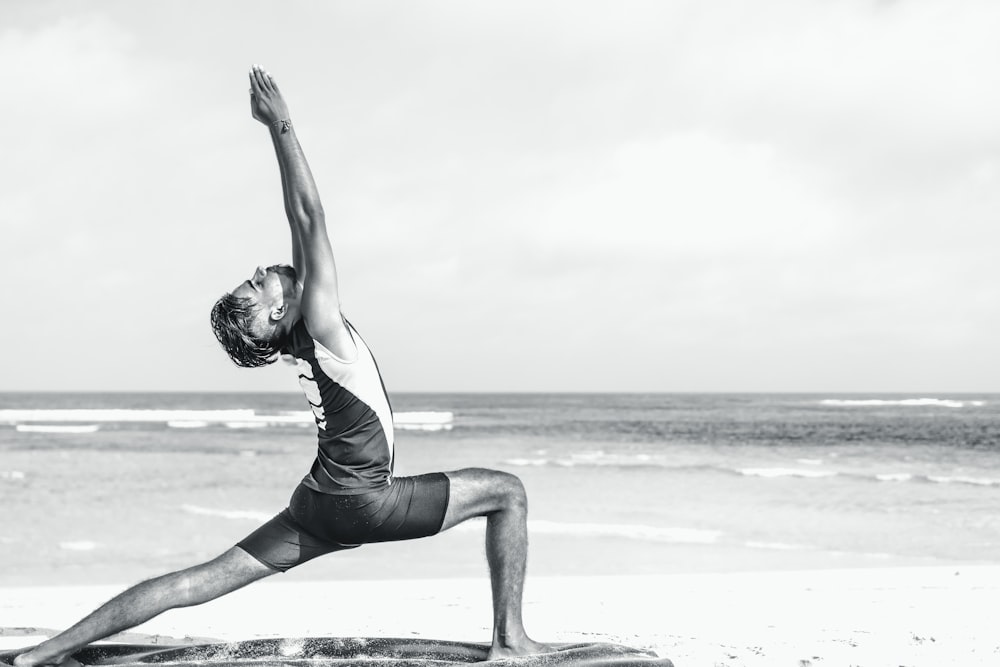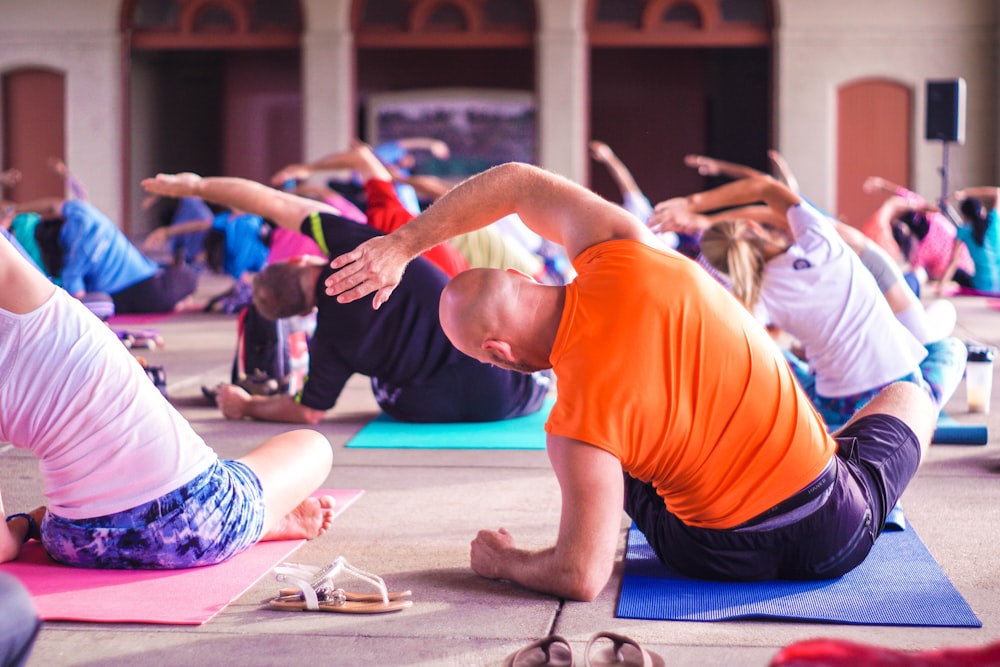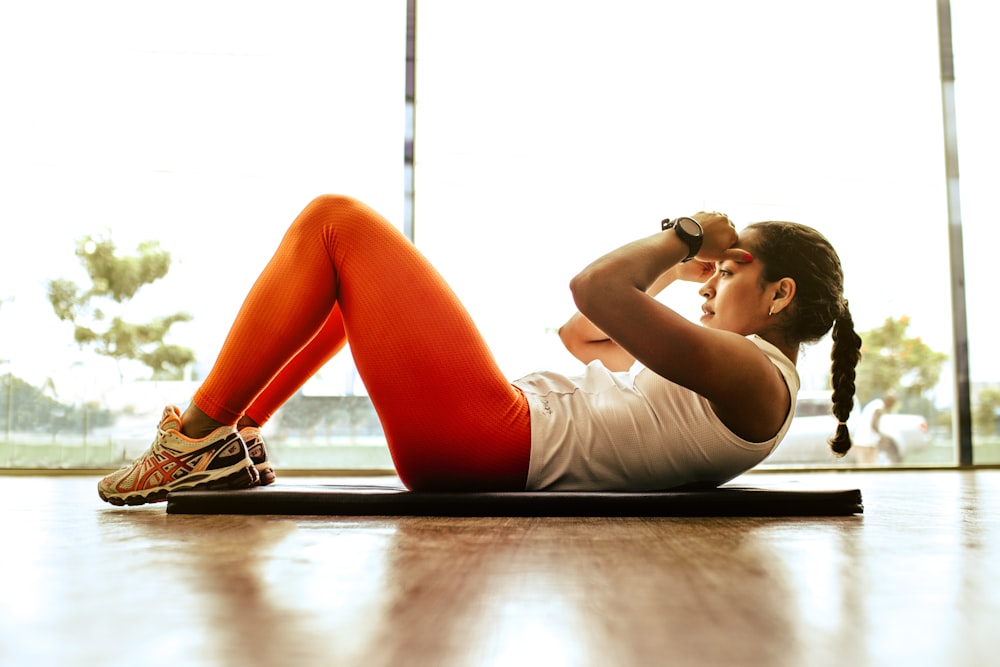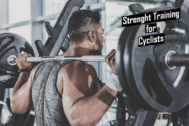Lower Back Pain from Cycling — Causes, Treatment, and Tips for Prevention
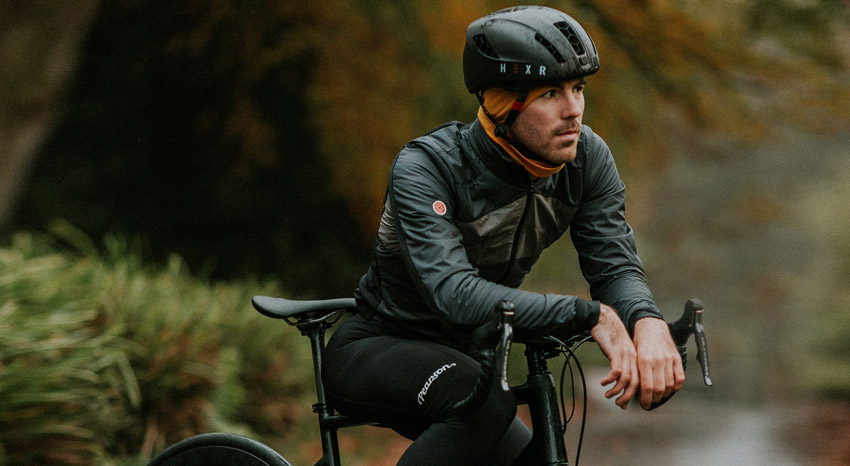
Don’t let lower back pain stop you from cycling.
Lower back pain when cycling is, along with knee pain, the most commonly reported overuse injury, with somewhere from 10-60 percent of cyclists reporting symptoms, depending on the group studied.
With such a high prevalence of lower back pain in the sport, it begs the question, what is the cause? Well, as with any injury, there are many possible contributors. Lower back pain could be an accumulation of three or four factors that each contributed to the symptoms or simply a result of one easily fixable mistake.
Thankfully, the high occurrence of cycling back pain means there are various well-understood practices to help prevent and treat it. This article will look at the individual causes and some tactics for treating or preventing low back pain on the bike.
Bike Geometry, Size, and Fitting
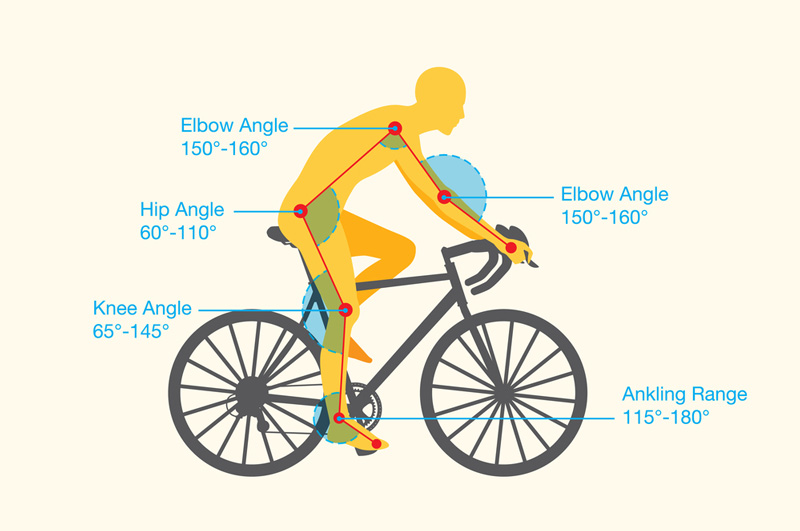
An incorrect bike fit will put your body in a position that could be the cause of your lower back pain.
We’re starting with what we believe is the most significant contributor to lower back pain for the average cyclist— failing to do a proper bike fit.
It’s essential to have a bicycle with suitable geometry for your riding style and physical abilities. For example, a forward and down ride position can severely strain the lower back if your mobility is poor.
Bike Size Charts – How to Choose the Right Bicycle Size
Therefore, bicycles like Specialized’s Tarmac SL7, designed with aggressive, aerodynamic riding positions, are best suited to riders with good flexibility. Conversely, endurance road bikes like Cannondale’s Synapse have a more upright geometry, better for the general rider.
Similarly, incorrect bike fit or size can result in lower back pain. Various bike fit issues can lead to lower back pain.
- Wrong size bike: A size too big or long will cause excess reaching/rounding at the back; too small will cause bunching up at the shoulders. This situation may require a different size bike or adjustments to the stem and saddle.
- Too much saddle-handlebar drop: A low handlebar in relation to the saddle makes the rider bend down too much, so adding handlebar spacers may address this.
- Saddle set too high: Your hips may shift back and forth across the saddle if you’re reaching for the pedals. Dropping the saddle height may help.
- Saddle too far back: You may be able to fix excess reaching by moving the saddle forward slightly.
Additionally, if your position on the bike requires you to arch your neck a lot to maintain good visibility, this can result in pain anywhere along the spine. We recommend getting a professional bike fit if you suffer from persistent low back pain when cycling.
Overtraining and Poor Training Progression
Lower back pain from cycling is usually an overuse/repetitive strain injury that can stem from excessive training hours or poor progression of training load (hours on the bike) due to following a poorly designed cycling training plan.
Excessive training hours could include individual rides that are too long or too many hours in a given week, with too little recovery time. Either way, the buildup of time spent in the saddle can lead to pain.
Getting to know your body and your capabilities can take some trial and error, so start with slightly shorter rides and plenty of time to recover between them.
Likewise, many new or non-competitive cyclists make the mistake of progressing their training too quickly by adding more than 20 percent to ride time per week. Our bodies are excellent at adapting to load, so long as it is incremental.
To train for a specific event or start riding again following a lay-off, begin with a small training load and add 10-20 percent per week, depending on your experience level.
Poor Mobility
As with all physical exercise, the way you enter a cycling position is key to maintaining good stability and form while performing the movement.
For example, when cycling, reach your handlebars by hip-hinging and avoid doing it by bending the spine. This method will keep the spine stable and help prevent unwanted pressure. Unfortunately, this type of rounding at the back is common and is associated with a greater incidence of lower back pain.
Another reason, after bike fit, that many cyclists round at the back is a lack of mobility in the hamstrings, hips, and lower back, which results in compensation of bending along the spine and extending from the shoulders. This compensation puts significant pressure on all of the muscles involved.
Unfortunately, our day-to-day lives often contribute to this lack of mobility. For example, many of us must spend a large portion of the workday sitting, followed by time spent driving or commuting on public transport, possibly relaxing in front of the television to finish the day. This accumulation of sitting hours means our bodies are not well prepared for physical activity.
Poor mobility can result in a leg length imbalance, pulling the pelvis forward and placing extra stress on the lower back and surrounding muscles. Stretching the tensor fascia lata (TFL) and IT band can improve this, but it’s best to see a physical therapist.
One of the most important yet often overlooked muscle systems in lower back pain is the hip flexor/hamstring. These muscles heavily influence the lower back’s position, inhibiting its movement or pulling the pelvis into a tilted position and weakening the surrounding musculature. This issue is more common in those with sitting-based occupations.
Possible Treatments
Cyclists suffering from lower back issues can attempt various practices and mobility routines to improve their body function and reduce time spent sitting.
- General mobility practice using foam rollers, lacrosse balls, and stretching bands.
- Yoga classes or follow-along stretching routines.
- Increase daily walking distance by attempting to reach 10,000 steps, for example.
- Deep tissue massage.
Changing Positions Regularly While Riding

Switch between different riding positions on long rides to relieve lower back pain. | Image source: flattire.co
Maintaining a single position on the hoods, for example, during a three or four-hour bike ride, is not good. The muscles that hold that position get stiffer the more static you are.
One of the simplest things you can do while riding your bike is to change your position frequently. Doing this alone can help relieve lower back pain and prevent other pain, such as in the hamstrings and wrists.
In addition, by riding out of the saddle periodically and utilizing the drops and flats, you will boost blood flow to the rest of your body and prolong the buildup of stiffness.
Poor Recovery
Recovery is the most critical part of bike riding that doesn’t involve riding your bike. Unfortunately, poor recovery practices, insufficient recovery time, and failing to eat or sleep adequately can contribute to repetitive strain injuries.
Improve Recovery, Performance and Health with the Sauna
The ideal situation is to allow at least one but as many as three days between strenuous rides (depending on age and experience). This gap will allow your body to recover and make the necessary adaptations for the next ride.
Riding too soon after a long or strenuous ride can have negative consequences unless you are already a highly-trained rider.
In the mobility section, we touched on passive and active exercises that you can use for recovery, including yoga, mobility, stretching, walking, and massage. Alternatively, you can use short, relaxed rides as active recovery, although this may aggravate low back pain on the bike.
General Daily Movement
General movement throughout the day is vital to maintaining healthy mobility and strength, which, in turn, contributes to avoiding pain during other activities.
As mentioned previously, sedentarism and inactivity reduce mobility and loss of strength in critical muscle systems like the abdominals.
Consequently, it’s important to be generally active throughout the day, walking regularly, taking the stairs when possible, and avoiding a slouching posture while sitting and standing. Additionally, other tasks such as home or garden work can contribute to maintaining optimal function and help prevent lower back issues.
Weak Core and Back Muscles
The core (abdominal muscles) creates a corset-shaped support structure around your trunk. These muscles play a role in most body movements, creating stability, facilitating power transfer, controlling posture, and protecting the various musculoskeletal systems above and below.
Having strong core muscles that activate when needed is pivotal to avoiding injury in any exercise or physical activity.
In cycling, weak core muscles fatigue quickly, resulting in the rider losing postural control and putting unwanted strain on the back muscles. It’s no surprise, then, that cyclists with lower back pain often have core muscle activation issues and back extensor endurance deficits.
Essential Guide to Strength Training for Cyclists: Maximizing Cycling Performance
You can try various core and back strengthening and core activation exercises with detailed follow-along videos online to help develop your abdominals. The most commonly recommended ones include superman, planks and side planks, yoga’s cobra pose, and banded twists.
One tip for completing these exercises is to focus intently on the quality of your abdominal activation, ensuring the appropriate muscles are engaged and you’re maintaining steady breathing from an engaged position. Without achieving this, the exercises are essentially useless.
Riding Habits
There are a couple of habits that can contribute to cycling back pain.
Firstly, riding with a low cadence (below 80rpm) puts much more stress on the back and other muscles involved in cycling. Avoid being the cyclist pushing a super high gear with an arched back, pulling hard on the handlebars, and pedaling squares (pedaling in a clunky motion). In addition to low back pain, this can also lead to knee pain.
Instead, ride with a higher cadence around 90rpm (+/- 5rpm) for a more relaxed and sustainable position. However, this might not be possible in the last miles of a steep climb.
Another habit we mentioned above is to avoid extending across the back and reaching from the shoulders to reach the handlebars. Instead, bend at the hips to make up the distance and keep your shoulders in a neutral position. Doing so will allow you to maintain more stability in your back and core muscles and help prevent low back pain when biking.
People Also Ask
How to avoid back pain after Peloton riding?
How to avoid lumbar hyperlordosis on the bike?
What is the best bike for back and neck problems?
Why does my lower back hurt when cycling?
– Poor bike fit.
– Poor core strength and activation.
– Lack of mobility in hips and hamstrings.
The good news is that you can address each of these areas, which usually helps resolve the pain.
Is it OK to bike with lower back pain?
Can cycling lead to back pain?
Is cycling good for back muscles?
Do cyclists have back problems?
Can riding a bike cause a pinched nerve?
Can cycling cause upper back pain?
How do you get rid of back pain from cycling?
Consider These Bikes for Low Back Pain
Best Electric Bikes for Seniors


